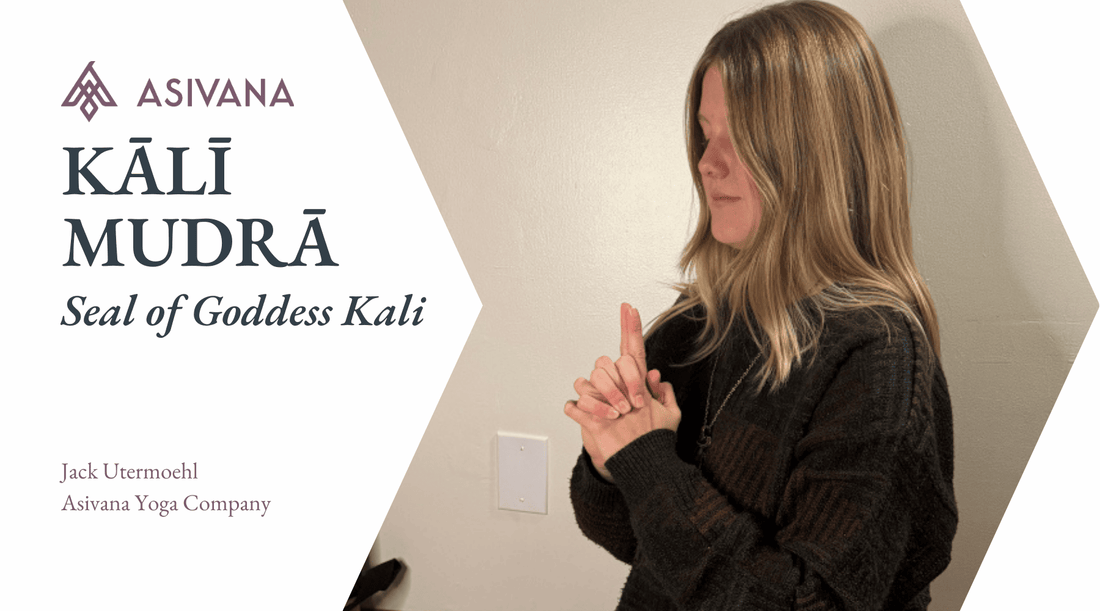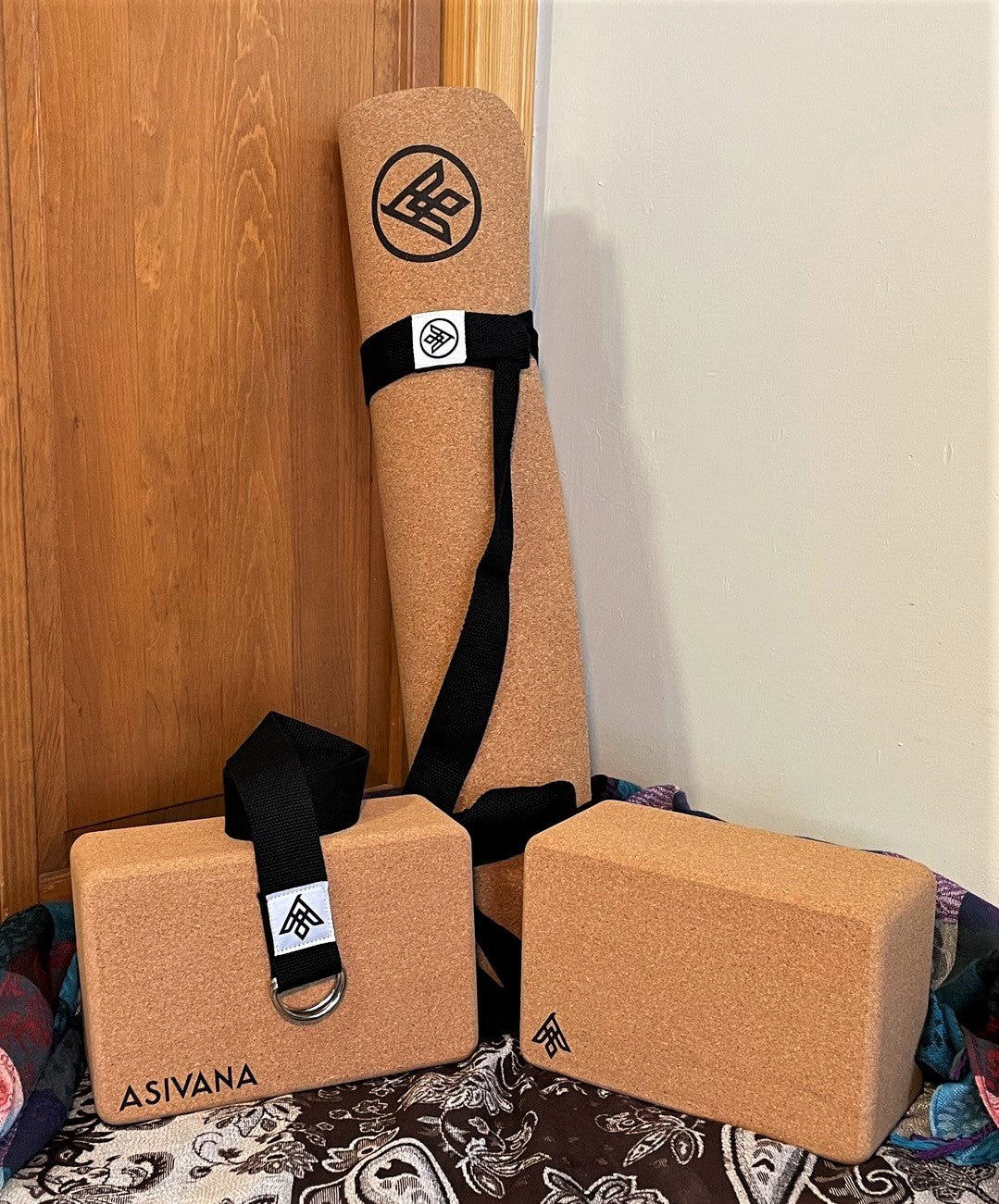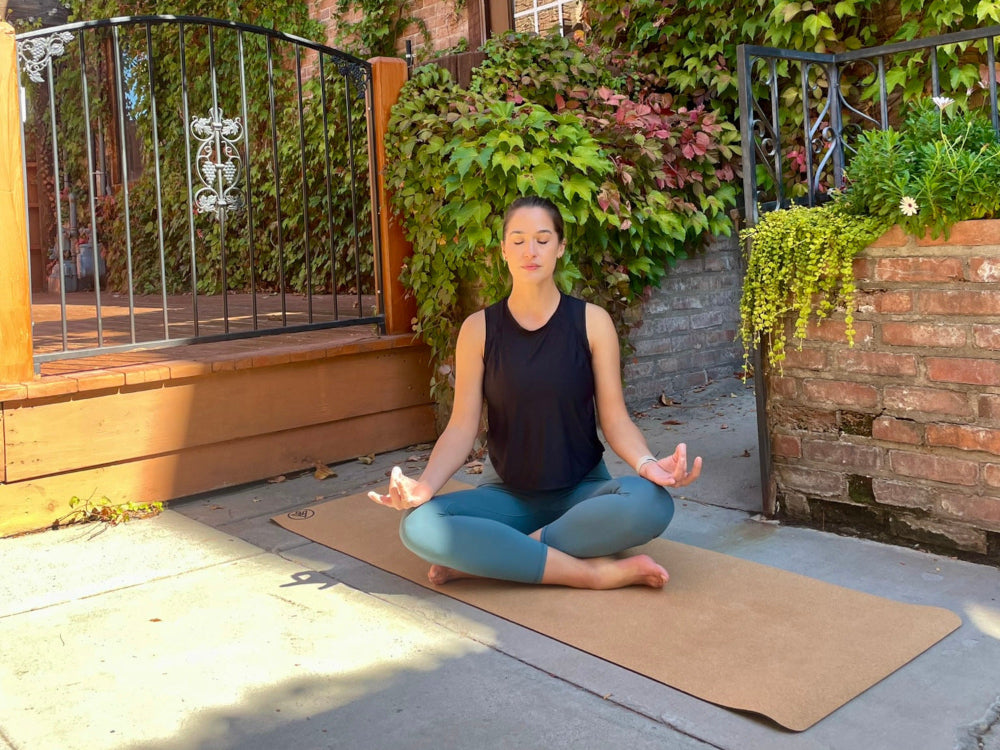
Kali Mudra - Seal of Goddess Kali
Jack UtermoehlShare
Kali Mudra (Seal of Goddess Kali)
Sanskrit Name: Kālī Mudrā - काली मुद्रा
English Translation: Seal of Goddess Kali
Phonetic Spelling: KAH-lee Moo-Drah
Kali mudra is named after the fierce Hindu goddess Kali, who symbolizes destruction, transformation, and empowerment.
This mudra channels the powerful energy of Kali, helping practitioners release negativity, break through obstacles, and cultivate inner strength. The gesture represents the ability to cut through illusions and attachments, allowing for personal growth and transformation.
Kali mudra is used to activate the energies of liberation and transformation. It evokes emotional release and spiritual empowerment, making it ideal for moments when you need to invoke courage, face fears, or initiate change.

Instructions to Perform Kali Mudra
Find a comfortable seated or standing position with your spine straight. Take a few deep breaths to center yourself.
Hand Position: Interlace your fingers together, keeping your index fingers extended and pressed together. Extend the thumbs and cross them at the base.
Typically for men the right thumb is on top and for women the left thumb is on top. Feel welcome to perform in a way that you feel aligned.
Posture: Sit in sukhasana (easy pose) or padmasana (lotus pose). Alternatively, stand in tadasana (mountain pose) or warrior 1 (virabhadrasana I).
Breathing Technique: Inhale deeply through the nose, feeling the expansion in your chest. As you exhale, focus on releasing any negativity or fear, cultivating a sense of strength and empowerment.
Duration: Practice kali mudra for 5 minutes during meditation or during a yoga pose focusing on releasing limitations and embracing personal power.
Benefits of Kali Mudra
Kali mudra is a powerful tool for transformation, liberation, and emotional release. It helps dissolve fear, clear mental blockages, and cultivate courage.
Physical Benefits: Encourages deep, focused breathing, promoting better circulation and energy flow. Activates the nervous system to release stored tension.
Mental Benefits: Sharpens focus and mental clarity, helping to cut through mental blockages and limiting beliefs.
Emotional Benefits: Encourages emotional release, helping to clear feelings of fear, anger, or frustration.
Spiritual Benefits: Invokes the transformative energy of Kali, empowering the practitioner to break through limitations and embrace personal transformation.
Capture your insights and deepen your connection with our Yoga Journal.Elevate Your Mudra Practice
Symbolism and Meaning of Kali Mudra
Kali mudra is deeply connected to the goddess Kali, a fierce symbol of destruction and renewal. Kali represents the power to destroy the ego, attachments, and illusions, paving the way for transformation and rebirth. By practicing kali mudra, the practitioner channels this transformative energy, releasing negativity and embracing courage, power, and self-liberation.
The extended index fingers represent focus, direction, and the cutting power of Kali, while the interlaced fingers symbolize unity and strength. This mudra helps the practitioner focus their energy on transformation and personal growth.
When to Practice Kali Mudra
Kali mudra can be practiced during meditation or asanas, especially when facing challenges, fears, or emotional blockages. It is particularly useful during times of personal transformation or when seeking to release negative emotions or limiting beliefs.
Use this mudra when you need to summon inner strength, face fear, or initiate personal change. It is also ideal for grounding and empowerment during difficult situations.
A duration of 5 minutes is recommended, though shorter periods can sometimes bring powerful results.
Contraindications for Kali Mudra
Kali mudra is safe for most practitioners. However, those with wrist or hand discomfort may need to modify the hand position or reduce the duration of practice.
Additional Insights on Kali Mudra
Affirmations: "I release fear and embrace transformation." / "I am strong, empowered, and free from limitations."
Visualization: As you hold kali mudra, visualize a fierce, radiant energy flowing from your extended fingers, cutting through fear and obstacles like a sword. Imagine this energy transforming your inner landscape, leaving you empowered and liberated.
Associated Chakras: Kali mudra primarily activates Manipura (solar plexus chakra), enhancing personal power and courage, and to a lesser extent Muladhara (root chakra) for grounding and stability.
Paired Asanas: Works well with powerful postures such as tadasana (mountain pose) or warrior poses to enhance strength and empowerment.
Related Pranayama: Pair kali mudra with kapalabhati (breath of fire) to increase energy and focus, or with lion’s breath to encourage release and transformation.
Meditation Techniques: Kali mudra is ideal for meditation focused on empowerment, transformation, and releasing fear. It can also be used during breath-focused meditation to sharpen focus and clarity.
Variations and Modifications
Alternative Hand Positions: None
Adaptations for Beginners: Beginners can start by practicing kali mudra for shorter periods, such as 2 minutes, and gradually increase the duration. Resting the elbows on a cushion can provide additional support during longer sessions.
—— 🕉 ——

Personal Insights
Commonly called "Jupiter Mudra", Kali mudra is an entangled and powerful mudra to perform. The firmness of interlaced fingers and the extension of the index fingers pointing can invoke a fierceness within.
I often chant mantra to Kali and this mudra is used to amplify the vibrations of the Kalikayei mantra.
Kali is the Hindu goddess of transformation. Shiva's counterpart, her transformation is less of a dance and more of an immediate shift. For many, Kali is too much too quick. Your mileage may vary!
Remember that like everything we do, the intention behind our actions and performance is heavily weighted when it comes to outcome.
Let us know your experience with Kali mudra in the comments below.













2 comments
Thank you!!
Thank you so much!